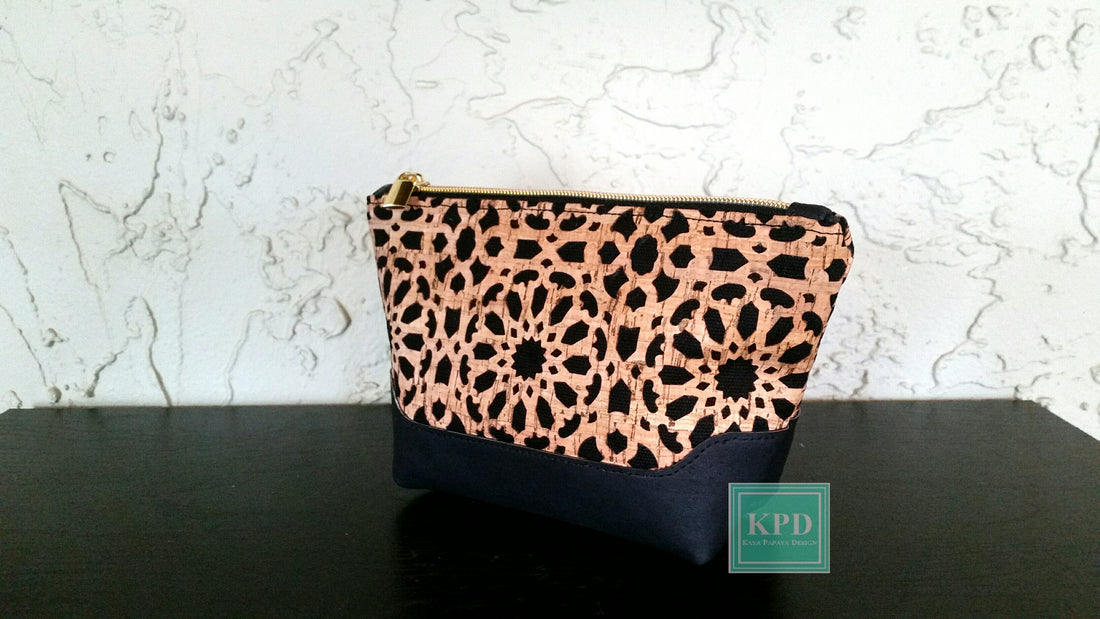
Creating Bags With Cork Fabric
Share
We like using cork fabric on our bags and gets lots of questions about where we source it. The pros for using cork are innumberable, and the only con that we have found is having enough! So many designs, so little space to store it all!
Cork is the bark of the cork oak tree, native to the Mediterranean. The material is harvested by hand from trees and then bound with a fabric backing. While cork itself is waterproof and can be wiped with a damp cloth to clean, the added backing makes it unsuitable to submerge in water, as the two materials will separate. Soft to the touch and easy to sew with regular sewing thread, needle, and machine, cork is a perfect alternative to leather. Adding interfacing is the sewist's preference and/or what the pattern dictates. Several sources (see below) offer printed cork. But you can create your own designs as cork is a perfect surface for stencils, markers, colored pencils, stamping, die-cut and even wood-burning! The cork used on the blog cover photo is die-cut over canvas.
Check out these different items made with cork:
Boronia Bowler Bag with cork overlay and straps by KPD.
The Penelope Crossbody Bag by Sew Special by ZM.
The Cici Too Cosmetic Bag by Debbie Bird Hockett
The Penelope Crossbody Bag by Turtle Trax Too

Image from MB Cork
Here are some sources I have found for purchasing cork, not all have been used by Kaya Papaya Design. They are in alphabetical order, not by preference. We are not affiliated with these sources:
If you want to read more about cork and the manufacturing process, EE Schenck Co. has an interesting article on cork fabric facts.
Have you tried using cork? Are you hooked like we are? Do you have any other sources to share?





2 comments
Sharon – thank you for sharing. They certainly have beautiful fabrics!
I have purchased cork from Fabric Funhouse and it is wonderful